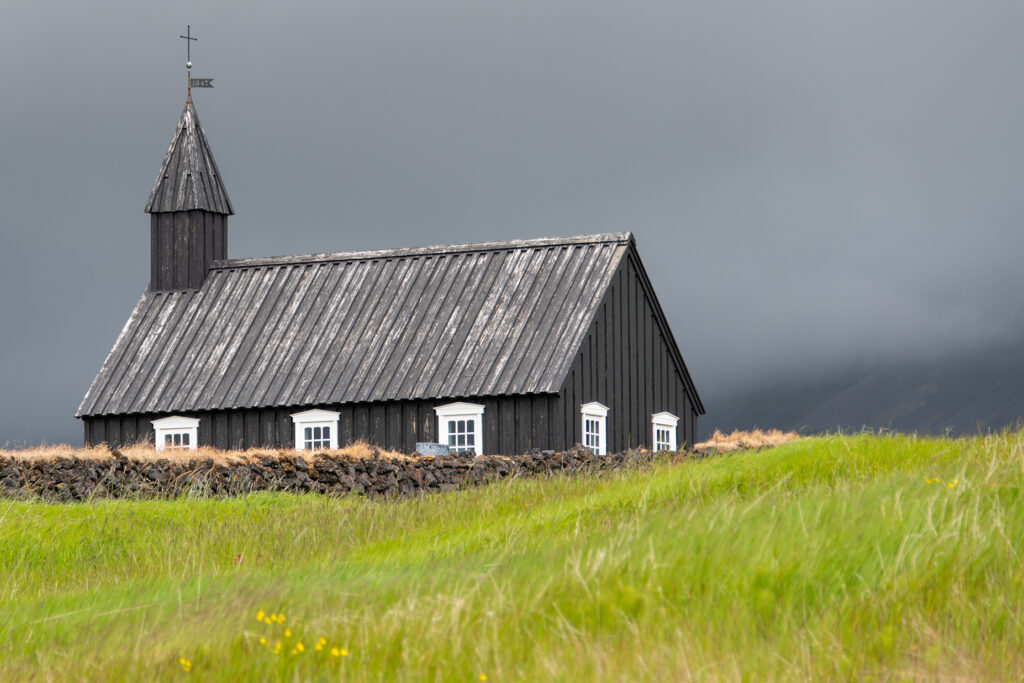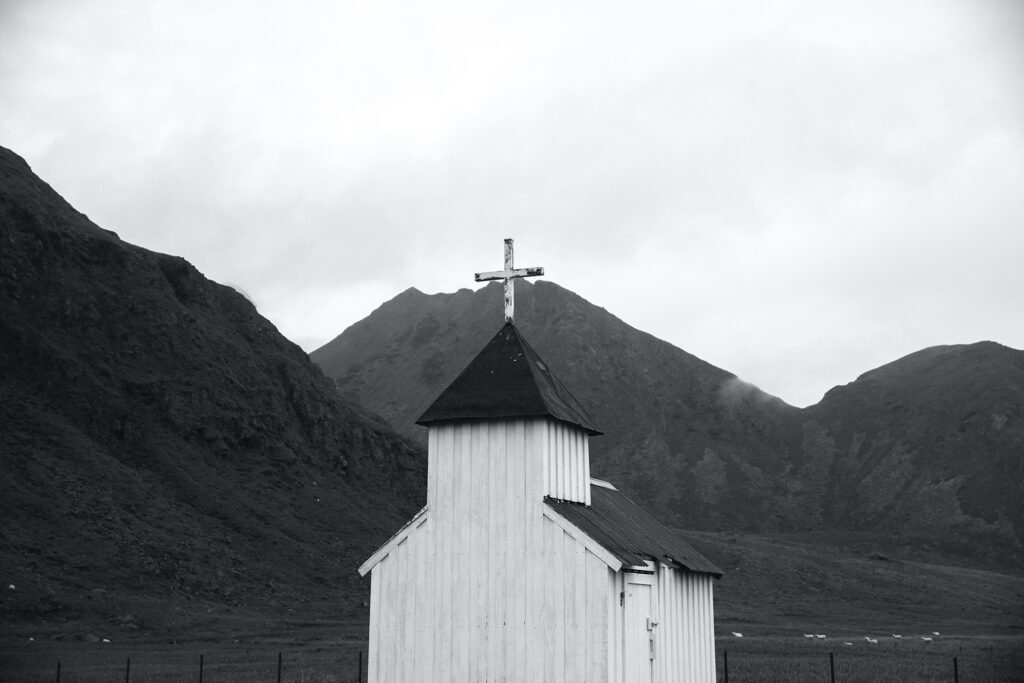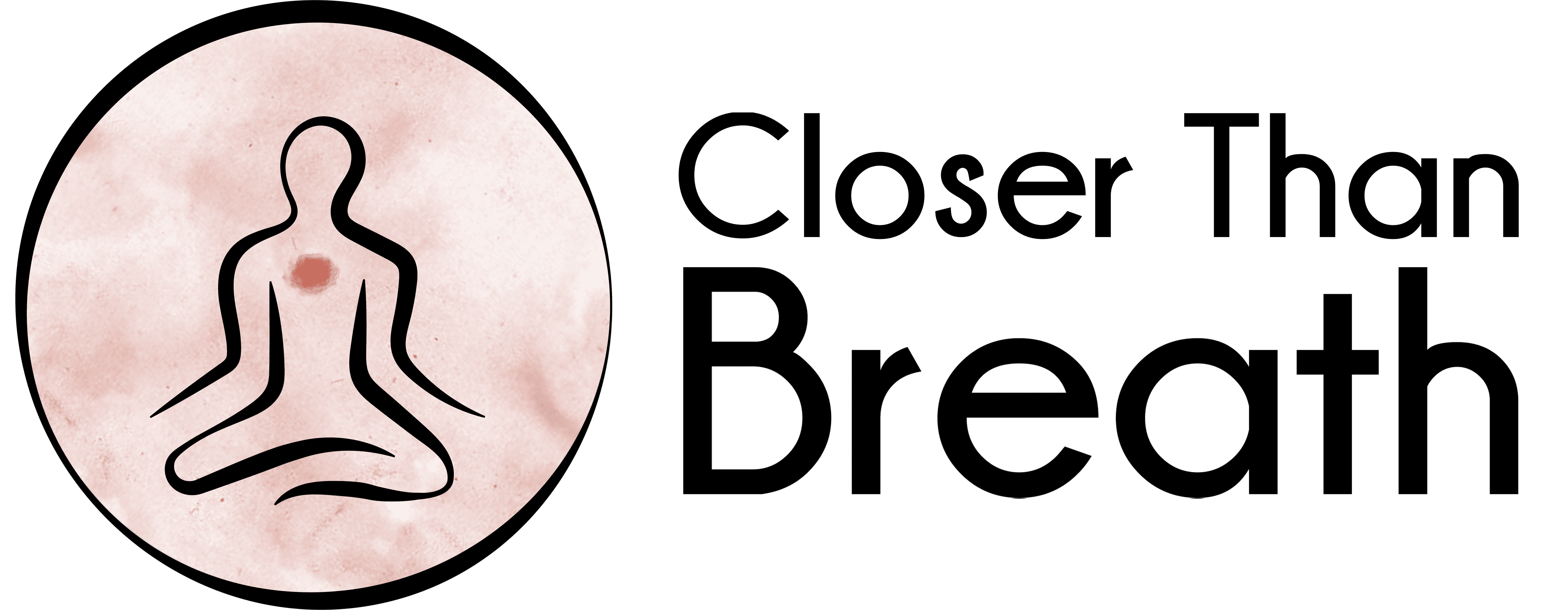I am happy to share with you the wisdom of Brad Jersak.
Brad is the Dean of Theology and Culture at St. Stephen’s University of New Brunswick, Canada and the author of over a half dozen books including Her Gates Will Never Be Shut: Hell, Hope, and the New Jerusalem.
Enjoy the “email interview” below.
I’m sure you’ll enjoy his response to the question “Who or What is God?”
The Orthodox faith is deeply steeped in the "Prayer of the Heart" Tradition.
What can you tell us about Prayer and the Heart and how it shapes our own prayer, meditation, and everyday life?
I will do my best to summarize. First, “the prayer of the heart” refers to what we also call, “The Jesus Prayer,” which is “Lord Jesus Christ, Son of God, have mercy on me a sinner.” At the outset, Western believers may be self-triggered into imagining this as worm-theology begging. I suspect that’s a projection.


Why is the Jesus Prayer called "Prayer of the Heart"?
Because we pray it from the depths of the heart. The desert fathers instructed us, “When you pray, take your mind down into your heart.” Such prayer is rooted more deeply than in the rational mind and by ‘heart,’ they mean more than our emotional being.
What does the Orthodox faith have to offer people journeying on the contemplative path?
Certainly all of the above. The Jesus Prayer is a form of centering prayer with Jesus as our mantra. I’ve experienced its power to draw me out of panic attacks, smoldering rage, drivenness and distraction. Addicts find it to be a shield against cravings and compulsive temptations. That’s why it’s sometimes also called “the prayer for guarding the mind and heart.”

But I would add that for contemplatives who struggle with their imagination, the great Orthodox icons provide something tangible through which to relate to God. They function like windows into the invisible world of the cloud of witnesses and were canonized as a type of translation of Scripture. I believe beholding the face of Christ with the eyes of my heart has been very fruitful (so I am less enamored with imageless prayer). But for those who struggle to open the eyes of their heart, why not just use your physical eyes to meditate on the beautiful array of icons to see what they might say? Henri Nouwen’s Behold the Beauty of the Lord: Praying with Icons is a beautiful and effective primer.

Who or What is God?
I’m very much of the ancient Orthodox tradition on this, but how the early Church Fathers and Mothers said about it might surprise some readers. Of course, for them, God is Love in God’s nature or essence. Love plus nothing. God is NOT Love but also. God is not Love but also holy, righteous and just. There is no remainder. Rather, every attribute of God is a description of Love, facets of the one pure diamond.
What does your own prayer and meditation look like?
I combine praying biblical prayers (Psalm 23, Psalm 51, the Lord’s Prayer, the Beatitudes), liturgical prayers (the Jesus Prayer, the Trisagion Prayer, the Nicene Creed) and for my spontaneous prayers, I use my own form of Ignatian Prayer in face-to-face communion (conversation or silence). I call it ‘the Meeting Place’ and describe it here.

In all of this, I do a lot of listening … up to 80%. I believe that the Spirit continues to speak, counsel and guide, just as Jesus promised in John 16:12-16 and in this way, continues to teach us. Most of the inner healing work I’ve done has been in the context of my Meeting Place prayers and the fruit of that has convinced me beyond any doubt that prayer is more than a navel-gazing mind trick. On prayer, we meet with God’s transforming presence, the Uncreated Grace who is everywhere present, fills all things and indwells everyone.

What does your current work look like?
Currently, I am the Dean of Theology & Culture at St. Stephen’s University in New Brunswick, Canada and on core faculty with the Institute for Religion, Peace and Justice.
I also do some writing, editing and layout for CWR Magazine and am working on two book projects. By May, I hope to release A More Christlike Word: Reading Scripture the Emmaus Way (Whittaker House).
